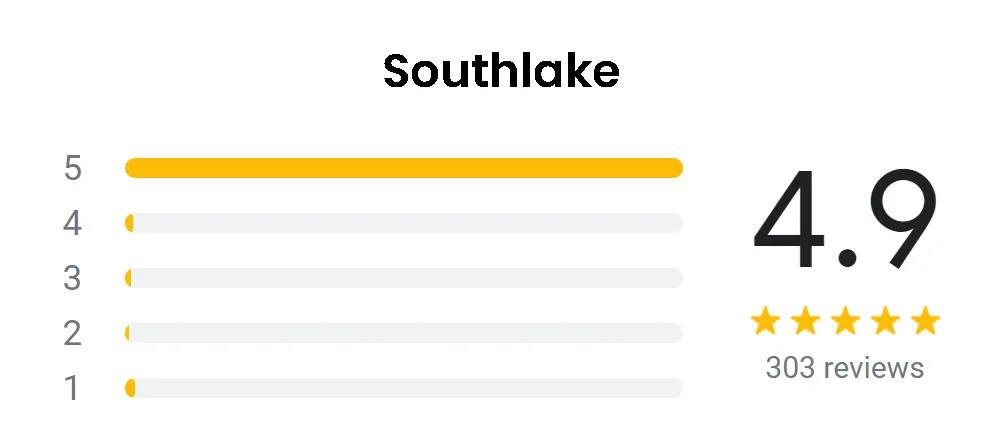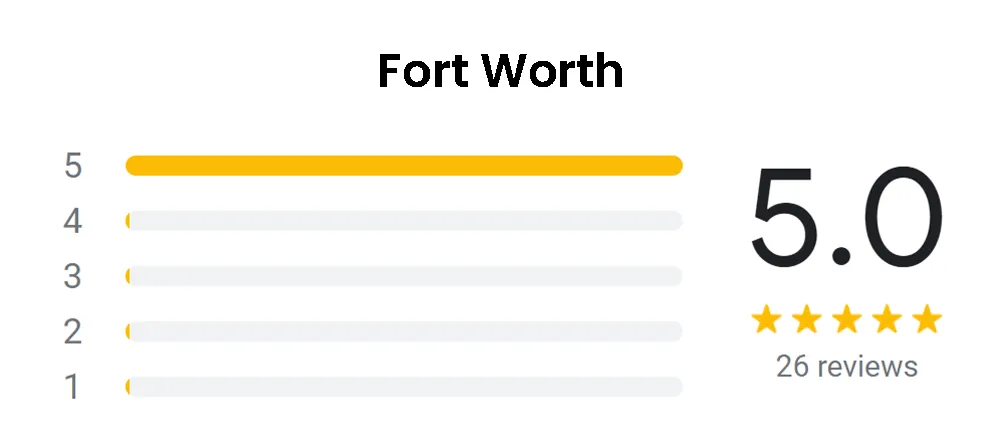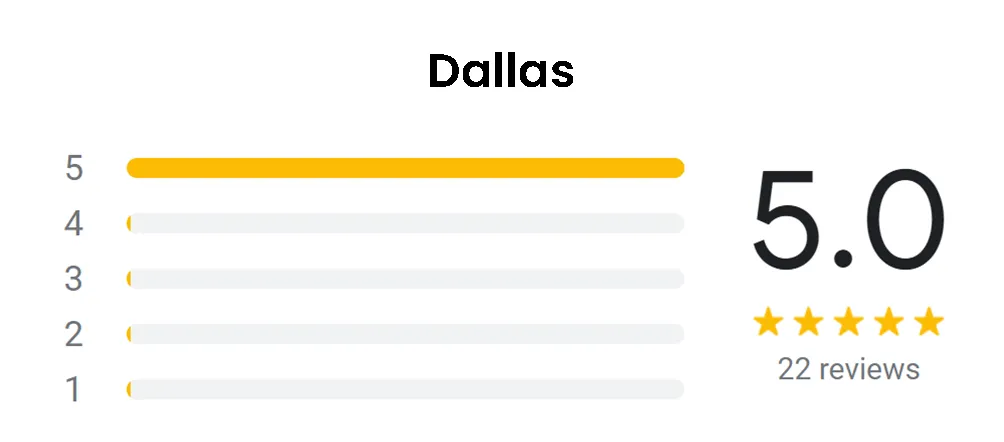
Spider webs can be an unsightly nuisance in homes and outdoor spaces. Many people struggle with effective removal methods, often using tedious manual methods. A spider web removal tool can simplify this task, making keeping areas free of webs and the spiders that create them easier.
Choosing the right spider web removal tool can significantly enhance efficiency. These tools are designed to reach high corners and tight spaces, eliminating the need for ladders or lengthy cleanup processes. They offer a practical solution for maintaining a clean environment with features like extendable handles and specialized heads.
Using a spider web removal tool saves time and reduces the risk of injury, making it an essential addition to any homeowner's cleaning arsenal. By investing in such a tool, individuals can maintain a tidy home while minimizing encounters with unwanted pests.

Spider webs are intricate constructions that serve various purposes for the spiders that create them. Knowledge about the types of spider webs and their common locations can aid in effective spider web removal.
Several main types of spider webs are tailored to specific hunting strategies.
Understanding the type of web is crucial for deciding how to approach spider web removal, as different webs may require specific techniques.
Spider webs are often found in areas that provide shelter and easy access to prey. Common locations include:
Identifying these locations is vital for targeted spider web removal, ensuring the spaces are clear and less attractive to spiders.
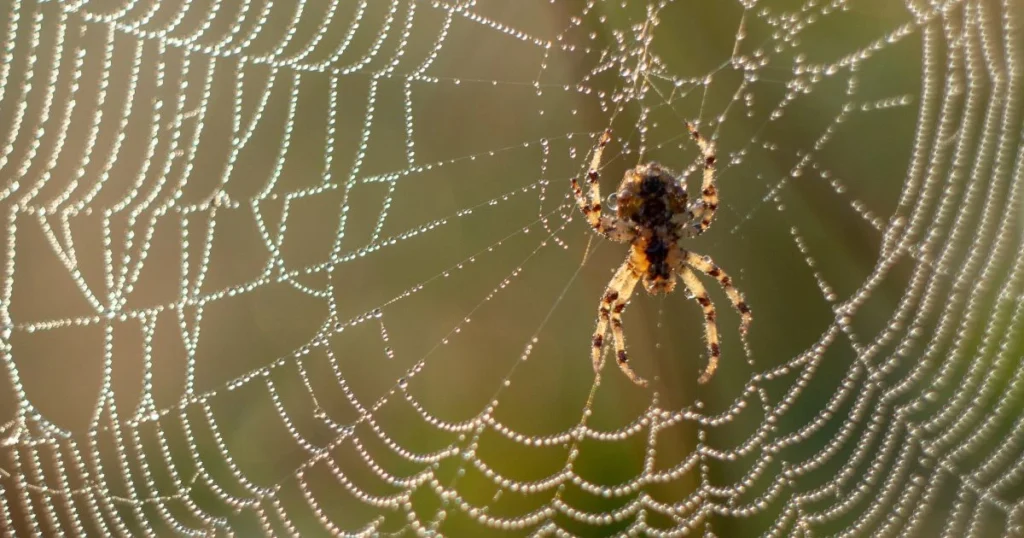
With the right tools, removing spider webs can be straightforward. Various options are available, allowing for both manual and electronic methods tailored to different needs.
Manual removal tools are simple, effective, and often readily available. Common options include brooms, brushes, and squeegees. These tools allow users to reach high places and quickly clear webs from walls and ceilings.
These cost-effective tools require no special setup, making them accessible to everyone.
Electronic removal devices offer a modern twist for spider web removal. These tools can make the process easier and more efficient.
These electronic options provide convenience and help maintain a clean environment without much manual effort.
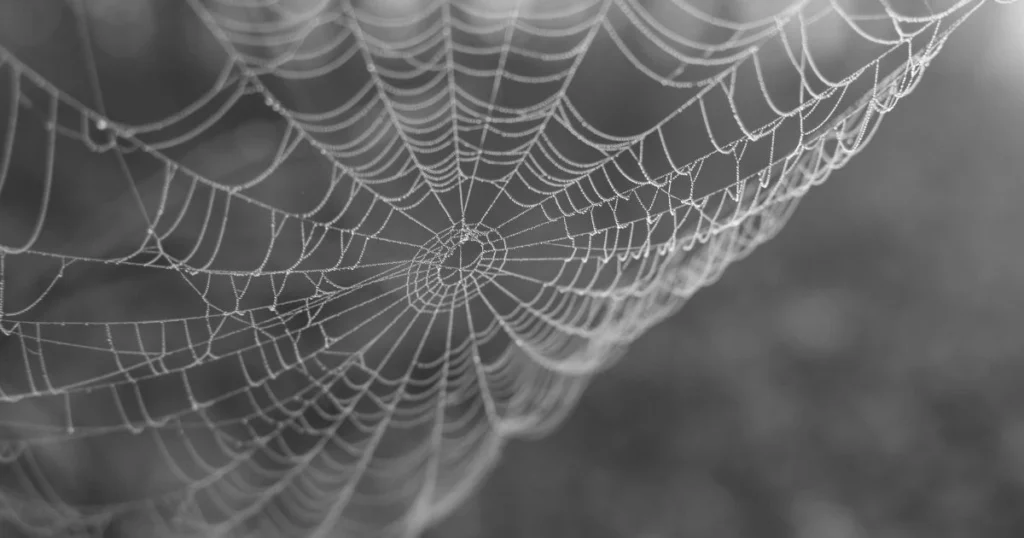
Various chemical solutions offer convenience and efficiency for effective spider web removal. These methods can be categorized into commercial and homemade sprays, each with distinct advantages.
Commercial spider web removal sprays are specially formulated for quick and efficient web removal. They often contain ingredients that dissolve spider silk on contact, making them effective for indoor and outdoor use.
Key Features:
Some notable products include those with enzymes that break down spider webs, ensuring thorough removal. Always follow the manufacturer’s instructions for safe usage, particularly around pets and children.
DIY spider web removal sprays provide an eco-friendly alternative to commercial products. Common ingredients like vinegar and dish soap can disrupt the web’s structure.
Basic Recipe:
Spray directly onto the spider web and let it sit for a few minutes before wiping it away. This method removes webs and can deter spider reappearance due to the scent. Homemade solutions are often safer for households with children and pets.
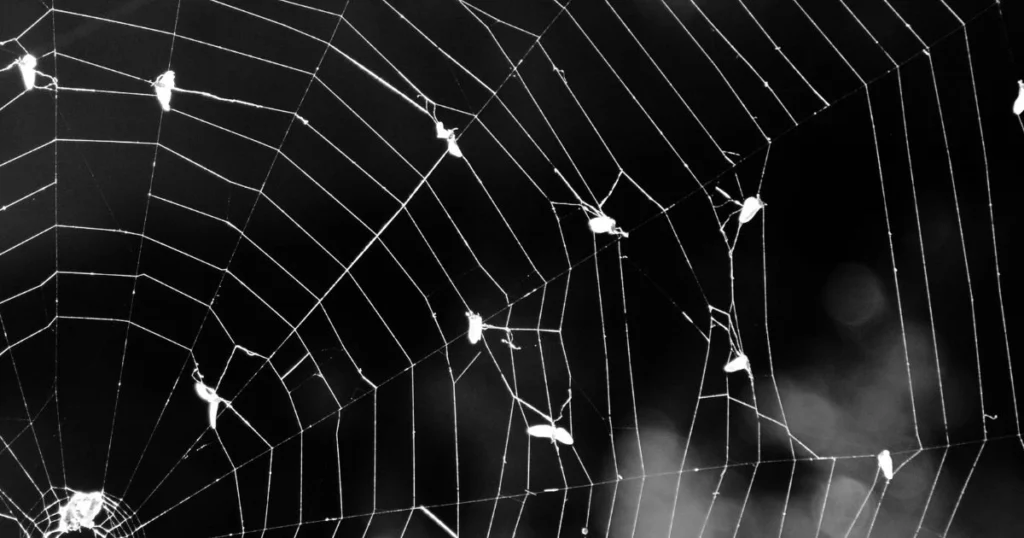
Implementing preventive measures is essential to minimize spider webs effectively. Focusing on natural repellents and making structural adjustments can significantly reduce spider activity in various areas, including car mirrors.
Using natural repellents is an effective strategy to deter spiders. Essential oils such as peppermint, eucalyptus, and tea tree can be particularly useful.
Regularly applying these substances keeps spiders away and helps prevent webs from forming. Spraying these solutions around the mirror area for car mirrors can significantly reduce the likelihood of spider interaction.
Making structural adjustments is vital in spider prevention.
Maintaining a clean and well-lit environment discourages spiders from nesting in or around vehicles, including on car mirrors. Regular inspections can also help identify new areas needing attention.
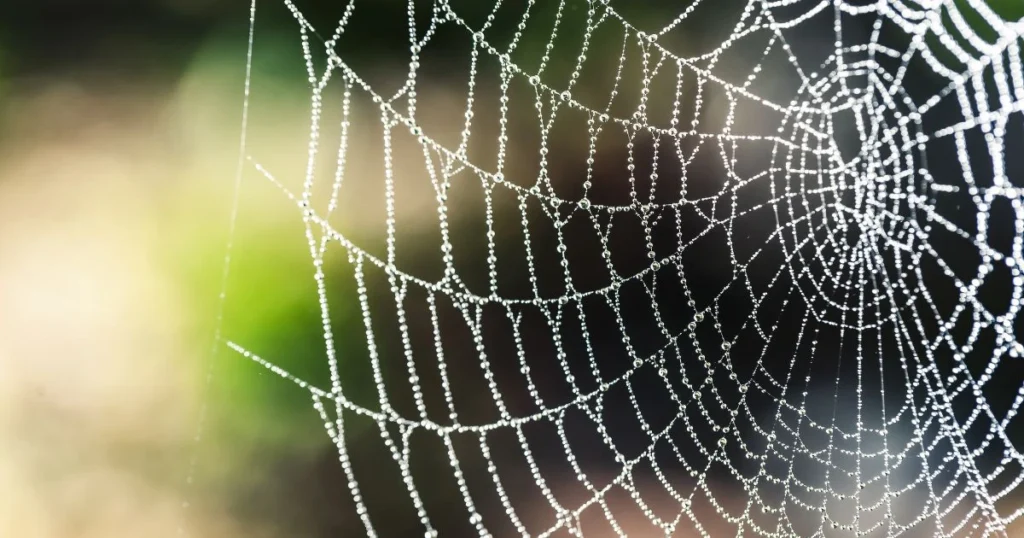
Effective spider web removal requires specific methods suited for different environments. Indoor and outdoor strategies can be employed to ensure a thorough cleanup, make spaces more visually appealing, and reduce pest populations.
To remove spider webs indoors, start with a vacuum cleaner equipped with a brush attachment. This tool effectively takes down spider webs without scattering debris. Be sure to reach corners, ceilings, and under furniture, as spiders often build webs in hidden areas.
Another useful technique is to use a long-handled duster or broom. This allows access to high or hard-to-reach spaces. Gently sweep the webs into a trash bag to prevent any remaining spiders from escaping.
After removal, use an essential oil solution, like peppermint or tea tree oil, mixed with water. Spray it in corners to deter future spider activity. Regular maintenance is crucial to keeping indoor spaces spider-free.
The approach for outdoor spider web removal often involves more robust tools. A pressure washer can eliminate webs from patios, decks, and outdoor furniture. Use a wide spray nozzle to avoid damaging surfaces.
Another effective method is a long-handled brush or broom. Sweep away webs from eaves, windows, and fences. Be cautious about clearing these areas regularly, as spider webs can accumulate quickly in open spaces.
To reduce spider presence, consider installing barriers like screens or natural repellents such as citronella plants. Routine checks and swift removal enhance control over spider infestations in outdoor settings.
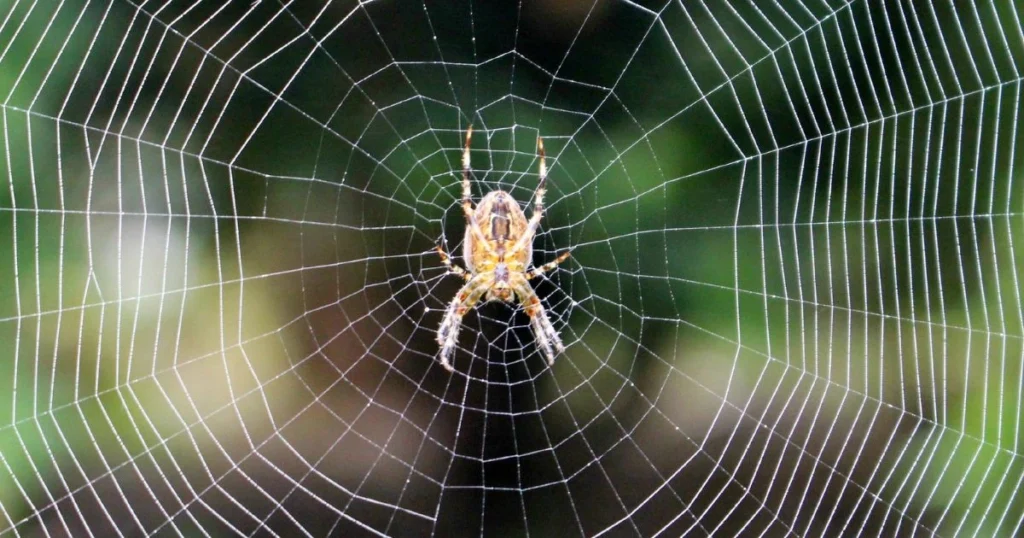
Professionals can effectively handle spider web removal, ensuring safety and thoroughness. Identifying the right time to seek help and selecting a competent removal service is crucial for effective results.
Individuals should consider hiring professionals when spider webs become extensive or are in hard-to-reach areas. Removing webs from attics, high ceilings, or exterior corners can pose risks. Professionals possess the necessary tools and expertise to manage such tasks safely.
Additional signs include:
Selecting the right spider web removal service requires careful consideration. Start by researching companies that specialize in pest control and spider removal.
Key factors to evaluate include:
Contacting multiple companies for quotes can help you clearly understand pricing structures. Always inquire about their techniques and products, ensuring they align with personal safety and environmental standards.
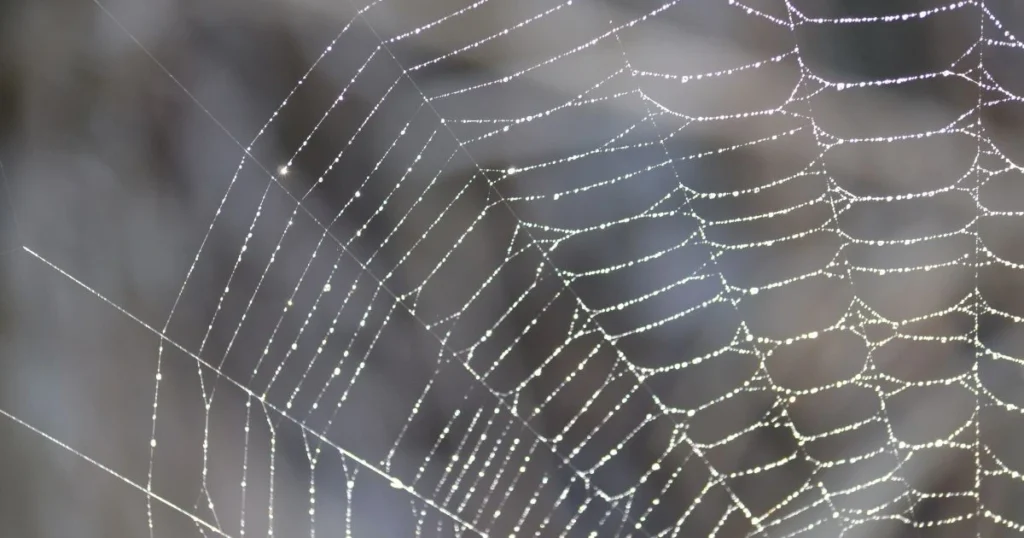
Proper maintenance and upkeep are essential for ensuring the effectiveness and longevity of spider web removal tools. This involves establishing a regular cleaning routine and implementing long-term prevention strategies to minimize spider activity.
Maintaining spider web removal tools requires regular cleaning. After each use, it is important to wipe down the tool to remove residual webs or debris. This prevents clogs and ensures optimal performance during subsequent uses.
A more thorough cleaning is advisable once a month. Disassemble the tool and, if possible, use warm, soapy water to clean all parts. Pay special attention to nooks and crannies where webs may accumulate. Rinse thoroughly and allow it to air dry completely before reassembling.
A clean tool is more effective and prolongs its lifespan, making outdoor spider web removal easier.
Consider adopting long-term strategies to prevent recurring spider problems. Regular garden or outdoor area maintenance can discourage spiders from settling in. Keeping bushes trimmed and removing clutter can reduce spider habitat.
Additionally, sealing cracks and gaps in walls or foundations limits access to indoor spaces. Using natural deterrents such as citrus or peppermint oil can also repel spiders.
Contacting a professional service like Critter Stop is advisable for those facing persistent issues. Critter Stop has a fantastic reputation and online customer reviews because it provides high-quality work and great customer service. Call Critter Stop at (214) 234-2616 for a free inspection to effectively address wildlife or pest removal from the property.
This section addresses common queries regarding spider web removal tools and techniques, focusing on specific scenarios and methods for effective cleaning.
Extendable dusters and specialty vacuum attachments are the best tools for high ceilings. These tools allow access to elevated areas without the need for ladders. Look for options with a lightweight design for ease of use.
Many spider web removal sprays are formulated to be safe for indoor use. However, checking the product label for specific pet safety guidelines is crucial. Using non-toxic or natural formulations can further ensure safety.
Using a vacuum with a hose attachment is effective for direct basement removal. For stubborn webs, a broom or long-handled duster can reach corners and crevices. Regular cleaning routines help minimize spider web accumulation.
Regular cleaning is beneficial to prevent spider webs on car mirrors. Applying a silicone-based spray on mirrors can create a barrier. Keeping the area around the vehicle free of debris also helps deter spiders.
Yes, a simple DIY spider web removal spray can be made using vinegar and water. This solution can break down webs without harsh chemicals. Ensure to test on a small area first to avoid damage.
A leaf blower is one of the fastest methods for removing outdoor spider webs in large areas. Combining this with a long-handled duster for persistent webs can facilitate thorough cleaning. Regular maintenance reduces the need for extensive removal efforts.
For hard-to-reach areas, an extendable duster or a vacuum with a flexible hose is recommended. These tools allow for effective removal while maintaining safety. Always ensure that the chosen tool can reach the area without risking injury.
To avoid damaging walls, it is best to use a soft-bristled duster or a microfiber cloth. Gently wiping the surface helps lift the web without causing scratches. Taking care of it during removal will maintain the integrity of the wall finish.
Hiring a professional service may be necessary for extensive infestations or hard-to-reach areas. If spider webs reappear quickly despite regular cleaning, a professional can assess and address underlying issues, ensuring a more thorough and long-lasting solution.
Visit our Critter Library and learn more about our furry friends
